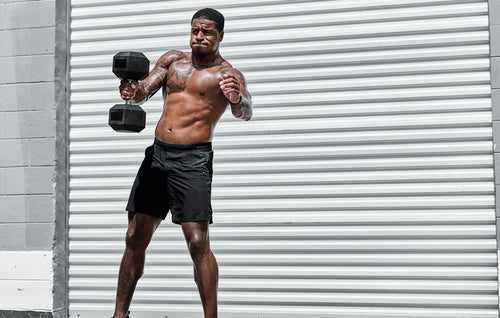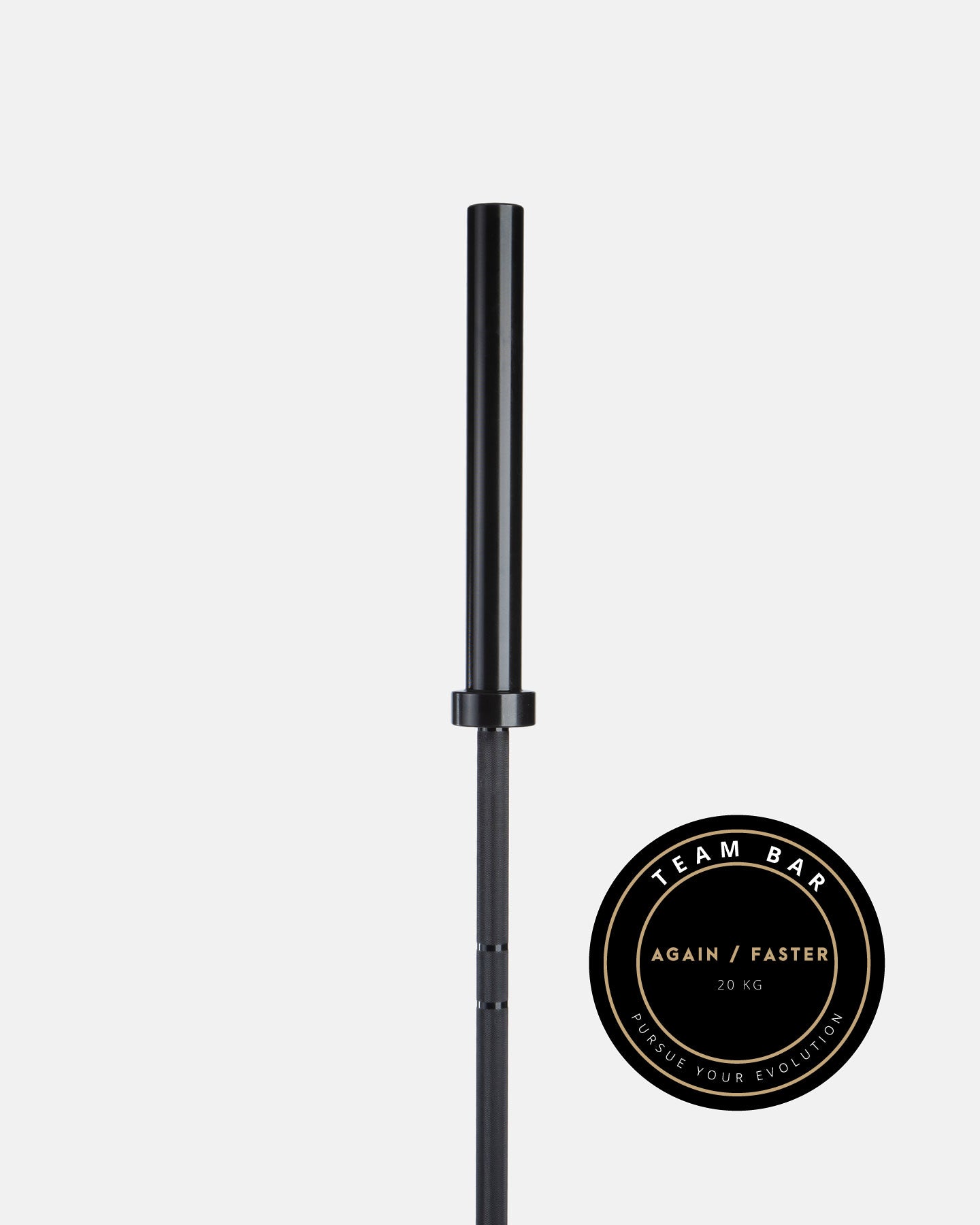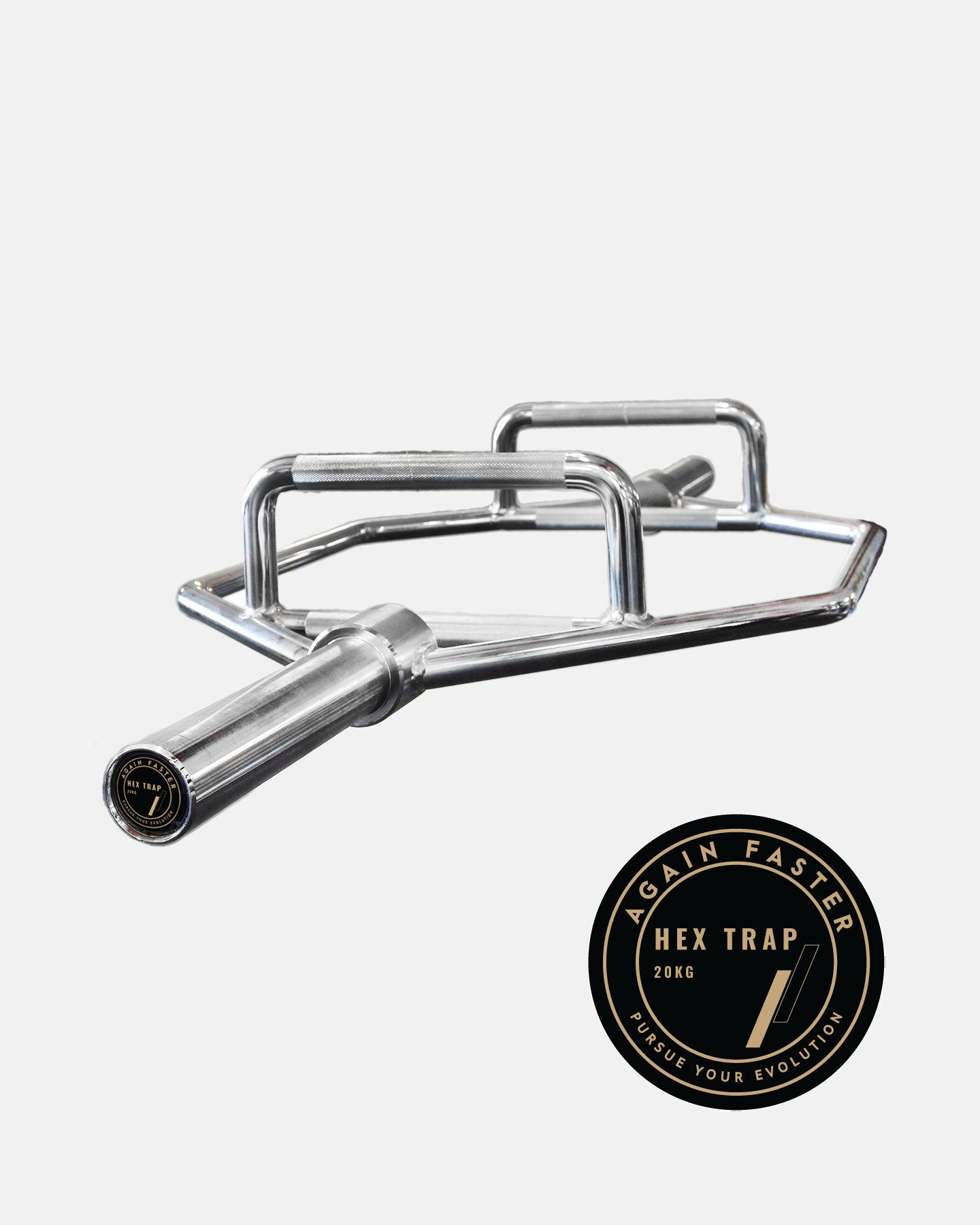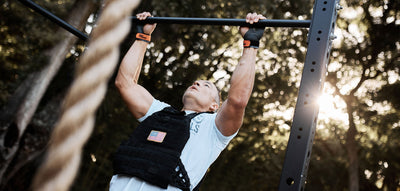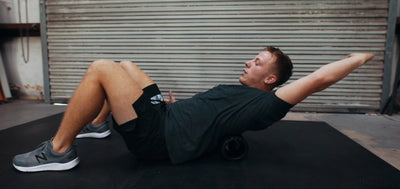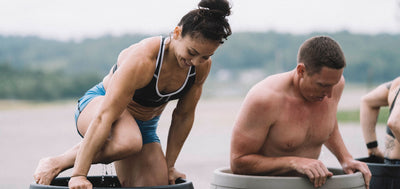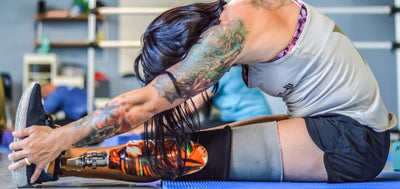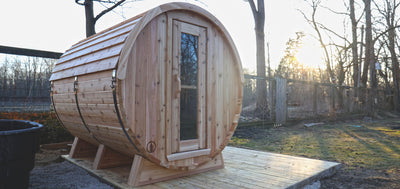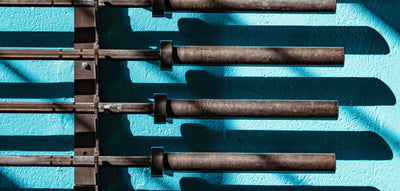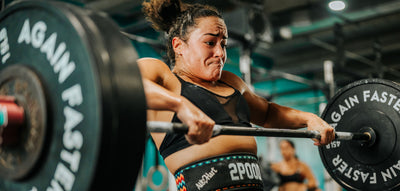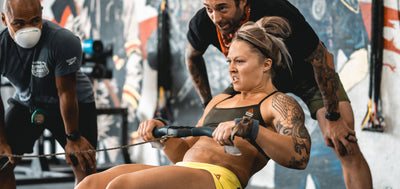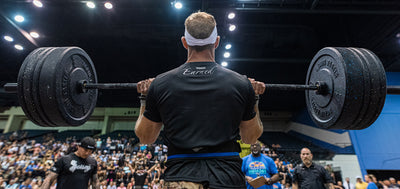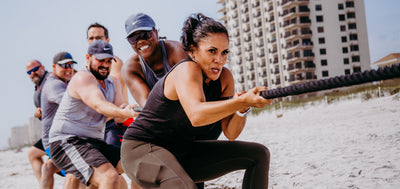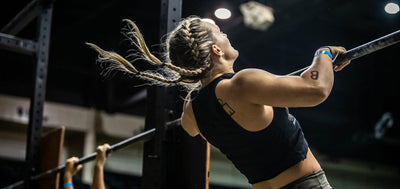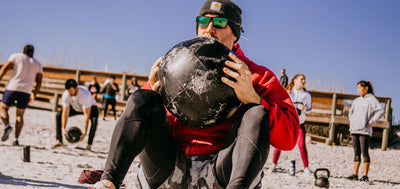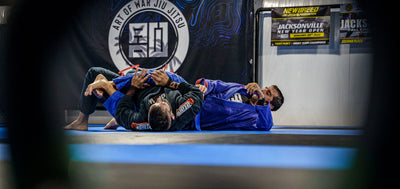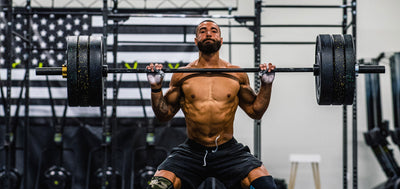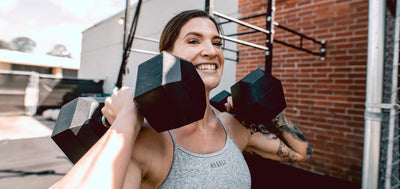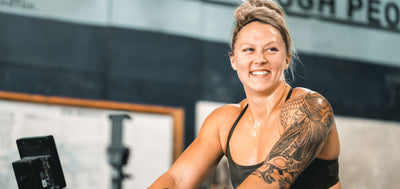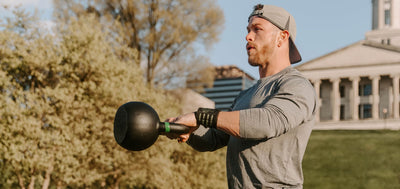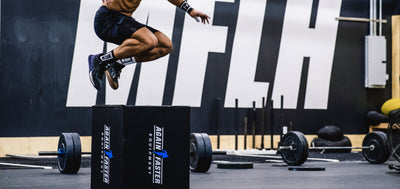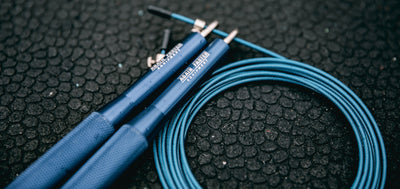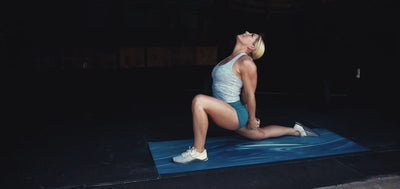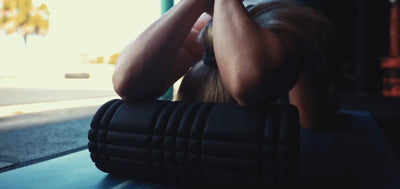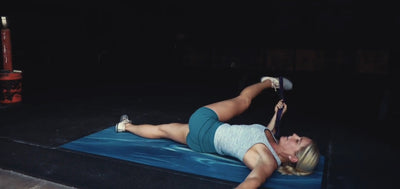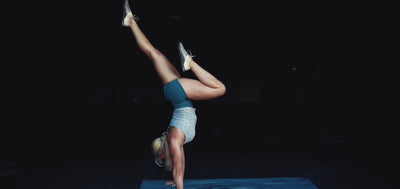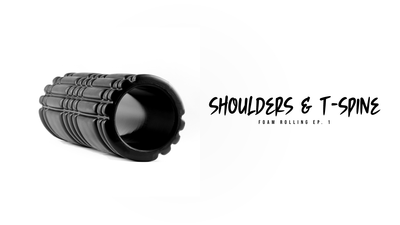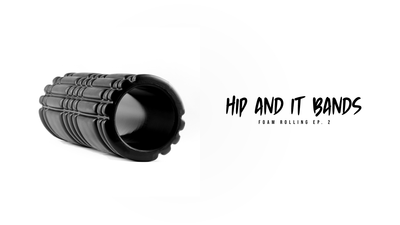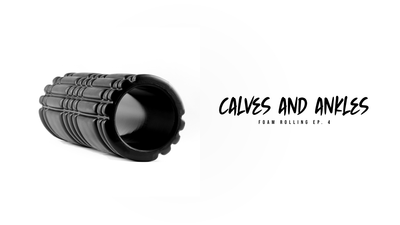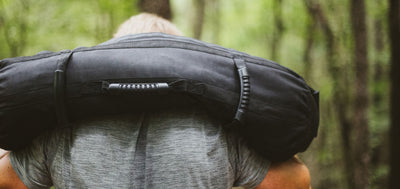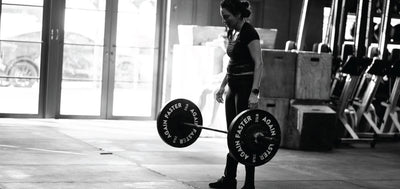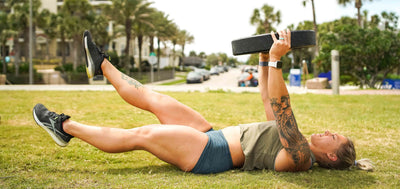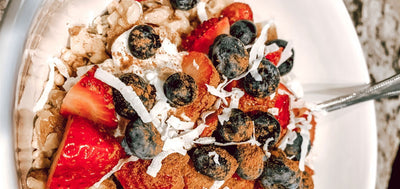What Features Should I Look for When Purchasing a Barbell?
Look for a barbell that has great tensile strength and an extended warranty. If you are training outdoors or in a room without air-conditioning, you should carefully consider the type of finish on the barbell.
If you participate in sports like Olympic lifting or CrossFit, the spin of the barbell is also a vital factor.
What Size Barbell Do I Need?
An Olympic barbell is 20 kg or 44 lb, which is what most strength sports use. For those who don't plan to lift heavy or are just starting out, a 15 kg/33 lb barbell might be better suited.
Remember that this barbell is not only lighter, but it will also be able to support less weight than the 20 kg version.
Which Barbell Plates Should I Buy?
Barbell weights are meant to be added or removed like building blocks.
A good place to start weight training is purchasing a set of 10s, 25s, and maybe even 45s. As you build more strength, you can slowly add more plates to your collection.
Aside from physical capabilities, experience, and commitment, always start with lighter weights to focus on technique and evaluate soreness following each workout. Following this prevents injuries, and rather than trying to recover from a mistake caused by ego or inexperience, you can simply buy heavier equipment.
Additionally, starting out with lighter weights allows you to do more repetitions and develop experience until you can move up to heavier plates.
How Much Does a Good Barbell Cost?
Remember, you get what you pay for. A less expensive barbell won't have the same longevity or weight rating as a higher quality, more costly one. A barbell that can handle frequent and intense workouts may cost between $200 and $500.
When choosing a barbell, check if it has an extended warranty, rust resistance, and the ability to handle heavy weights.
